By Kevin Williams
When we typically think of Amish and Mennonites we think of them as living in the Midwest or Eastern United States, but there are some notable Plain populations west of the Rockies. There also are a lot of Amish out west at this time of year, traveling by the busload to places like Yellowstone, the Grand Canyon, Glacier National Park and Pikes Peak. Some come just to take in the mountains, others to partake in activities like flyfishing or climbing.
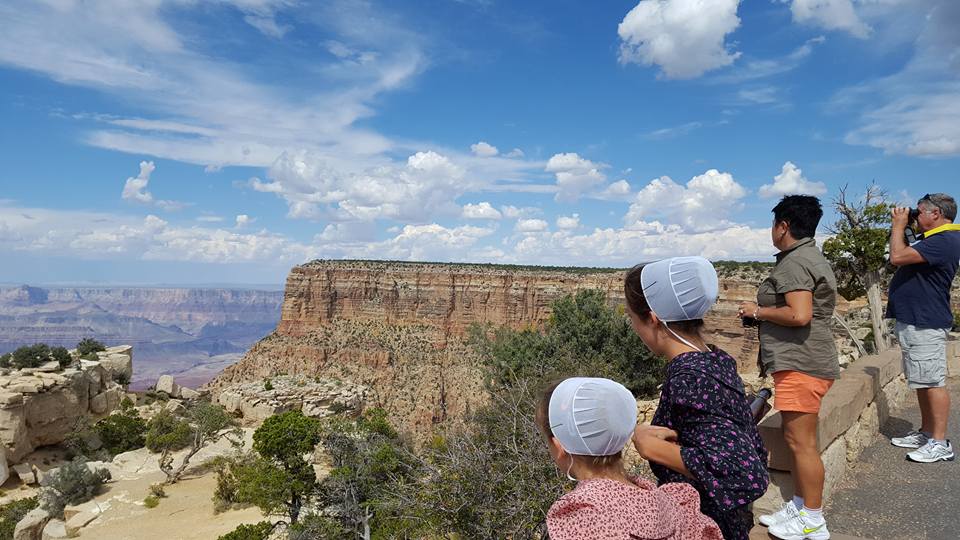
One of my best friends was at the Grand Canyon with his daughters yesterday and snapped this photo. Doubt these were Amish, flowered dresses just aren't something you see. The head-coverings don't look like German Baptist, so I am guessing either Mennonite or perhaps conservative German Baptist. Anyone have any guesses?
Here are some:
Lebec, California: There are about a dozen Plain Mennonite families sprinkled in this far flung county of Ventura County, not all that far from sprawling Los Angeles. You can read more about them here. I'd love to visit their community someday.
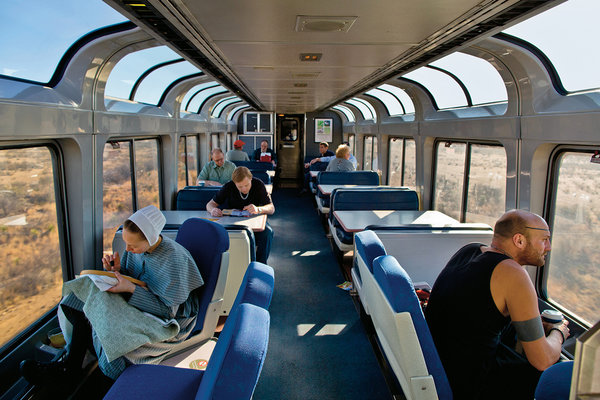
A German Baptist woman travels on Amtrak out west - New York Times photo/Mark Peterson
San Luis Valley, Colorado: Old Order Amish communities here are growing and I've heard it's gorgeous.
Amish resident Rose Ellen Yoder describes the high-altitude valley as “very good for our horse-farming ways” with plenty of warm days and cool nights. The Amish here enjoy a slower pace of life than in the bustling tourist enclaves of Ohio, Indiana, and Pennsylvania. The settlement started in May 2002, with the first church services held on July 21 of that year. The community grew quickly and is now divided into north and south districts, with two schools, the aptly named Mountain View and Antelope Run. As the school name suggests, the valley is plentiful with elk, mule deer, and white-tailed deer.
The Amish in the area enjoy a diversified economy. Businesses include a few carpenter crews, farmers, buggy repair shops, a harness shop, a cabinet shop, a window shop, a woodworking shop, truss shops, greenhouses, a bakery, and a jam and jelly shop. There is also a salvage store in the community. Buggies are black, but they are in all different styles, because the Amish in the San Luis Valley come from a variety of settlements.
The beauty of the valley seems to evoke the most satisfaction. “It is unusual to not see the sun shine every day. Many awesome sunrises and sunsets are seen here,” Yoder said.
Spring in the valley is often windy, with summers punctuated by monsoon rains that arrive in July. The area has a dry climate, averaging only 7 to 10 inches of rain a year, most of it during the summer monsoon season. Autumn brings rainbows that arc across the valley. And while the warmth of the valley insulates most inhabitants from snowy winters, the surrounding mountains do get capped heavily with white. The spring snowmelt then feeds the canals, which the Amish use to irrigate.
Life is very busy during the August canning season. Rose Ellen Yoder describes the days as quite full as “garden goodies get ready in the latter part of July, all of August, and into September.” Plus most of the Amish residents of this settlement receive their annual supply of peaches, pears, and other fruits to can or freeze.
Rexford, Montana: This is the oldest Amish community in the west and home to the outdoorsy Amish. In fact, the community was founded by an Amish man who just loved to flyfish! Click here to read more about Rexford.
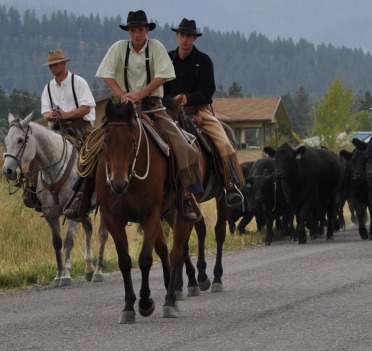
Amish teenage boys help a non-Amish neighbor with a good old-fashioned cattle drive!

Cattle drive!
St. Ignatius, Montana: The fastest growing, most beautiful., and only Amish community on an Indian reservation. Read more here.
Sunnyslope, Arizona: I wish I had more information about this enclave on the north edge of Phoenix. Maybe one of our readers can fill us in. There is the Sunnyslope Mennonite Church here and apparently at one time there was a pocket Mennonite and Amish that would come and spend the winters here, but from what I am reading their presence in this area is diminishing. It's a very, very small area so you could live in Phoenix, probably, and not know of this community.
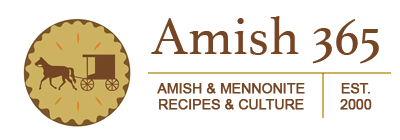
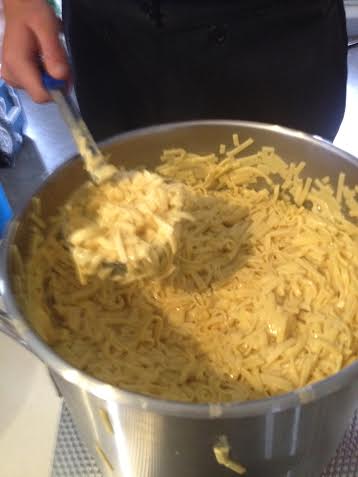

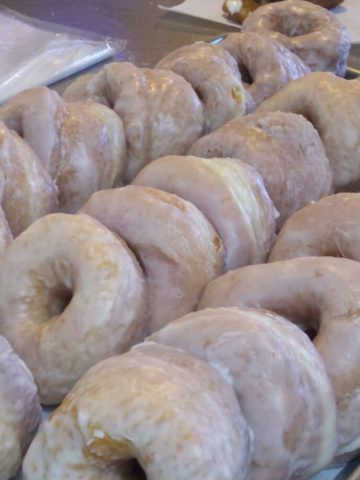

Leave a Reply